
In Sweden, where balance and harmony—lagom—are deeply valued, exhibitions are not just about information; they’re about experience. Adding interactive games to your booth is a modern way to increase footfall, spark curiosity, and leave a lasting impression.
In this article, we’ll introduce 15 exhibition game ideas across four engaging categories to Water Fairs. Whether your goal is brand awareness or meaningful interaction, these ideas are designed to resonate with Swedish audiences who appreciate thoughtful, playful encounters. Our team is here to support your implementation.
When people visit an exhibition, they often appreciate light physical activity—something fun, energizing, and not too complicated. In a society that values simplicity and movement, physical games can be a perfect way to break the ice and attract attention. These games don’t require deep thinking, but they do get people involved—ideal for creating a vibrant booth. For example, take a look at this activation we ran:
Participants navigate a narrow, wobbly bridge resembling a river while maintaining balance. The bridge symbolizes the delicate balance required in water resource management. This physical activity brings excitement while subtly reinforcing the importance of balance in sustainability.
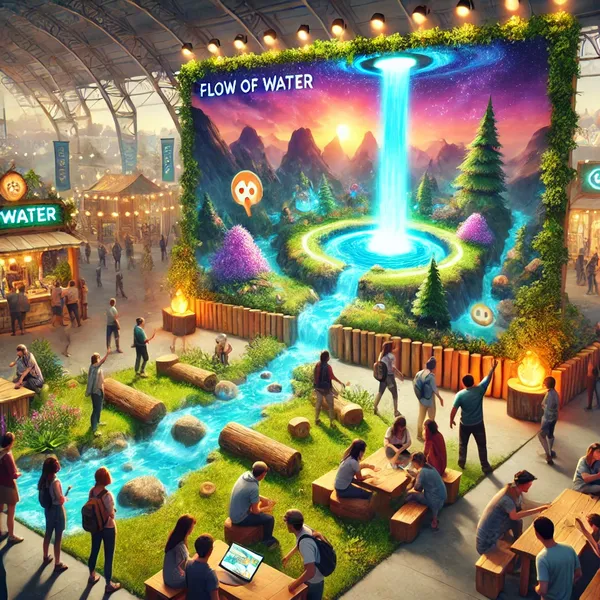
Players throw balls at a model dam to protect it from simulated threats, such as “pollution” or “overflow.” The interactive nature reflects Sweden’s proactive approach to protecting water systems.
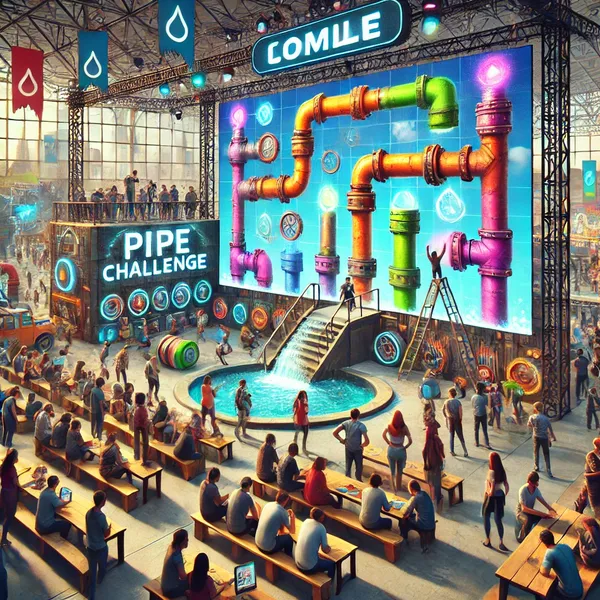
Participants compete by running through an inflatable obstacle course designed as a river, avoiding obstacles like “polluted areas.” This fast-paced game embodies Sweden’s active culture and emphasizes clean waterways.
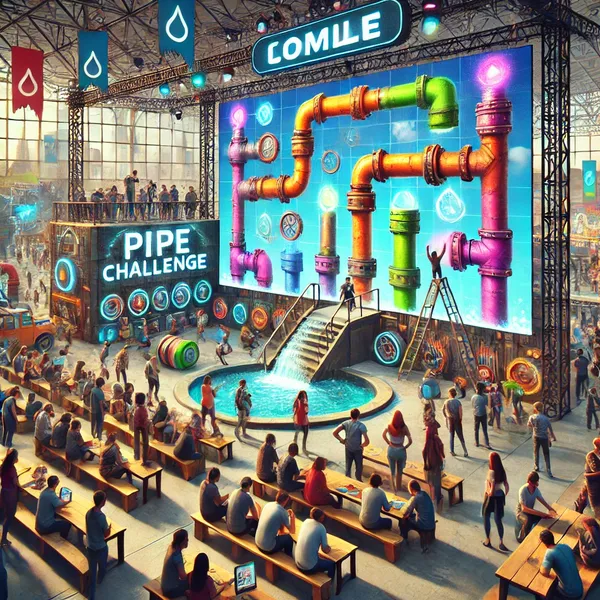
These games work well when placed on a digital stand in your booth and can also be extended to your website, social media, or internal communications. In Sweden, digital interaction is expected to be seamless, accessible, and informative. Knowledge-based games are great for educating visitors in a fun way—and they’re easy to adapt for two-player competition. Here’s a sample from one of our past projects:
If your goal is to boost engagement while maintaining a challenge, this format is ideal. Visitors try to beat a high score, track their own progress, and climb the leaderboard. This game style aligns well with the Swedish love of fair competition and personal improvement. A transparent leaderboard motivates people to participate again and again. Check out this example:
Relevance to the Fair: Simulate a waterway, where players navigate water flowing through a river.
Statistics: Over 500 million downloads.
Gameplay: Players guide a vehicle through various terrains.
In the game “Flow of Water,” players must draw pathways on the screen to guide water flow toward a designated reservoir. The paths are filled with obstacles and branches, requiring the player to find the fastest and most efficient route to minimize water loss. This game can incorporate environmental themes, highlighting the importance of water resource management. The main challenge is for players to navigate the water within a limited time while overcoming blockages.
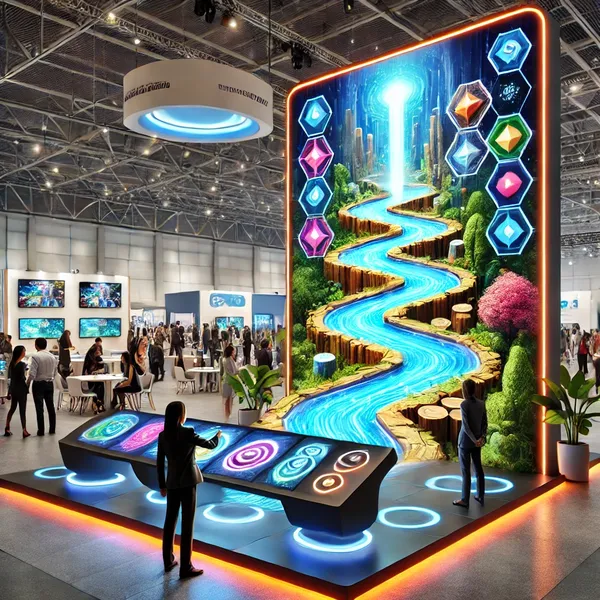
In this game, a network of pipes is displayed on the screen, with some sections broken or misaligned. Players must rotate and reposition the pipes to create a seamless flow of water from the starting point to the final reservoir. The longer players take, the fewer points they score. This game emphasizes the significance of well-designed infrastructure, encouraging players to think critically about water systems.
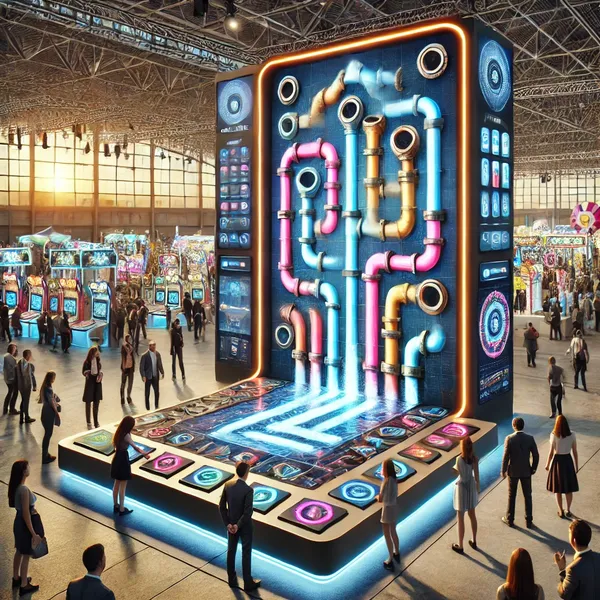
In “Mini Hydropower,” players take on the role of a hydropower plant manager. Their goal is to control the water flow and guide it through turbines to generate electricity efficiently. Players must ensure the flow isn’t too strong, which could damage the turbines, or too weak, which wouldn’t produce enough power. This simple yet educational game highlights the importance of renewable energy.
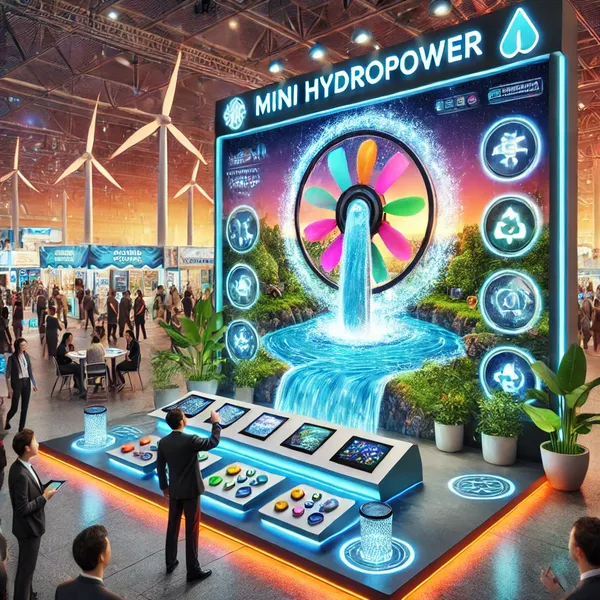
In this game, players must guide falling water droplets to the correct reservoirs, each representing a different use, such as drinking water, agriculture, or industrial applications. Each droplet is marked with a specific color or symbol indicating its purpose. Players use lines or tools to direct the droplets to the appropriate destination. The game teaches players about optimal water allocation and can include educational messaging.
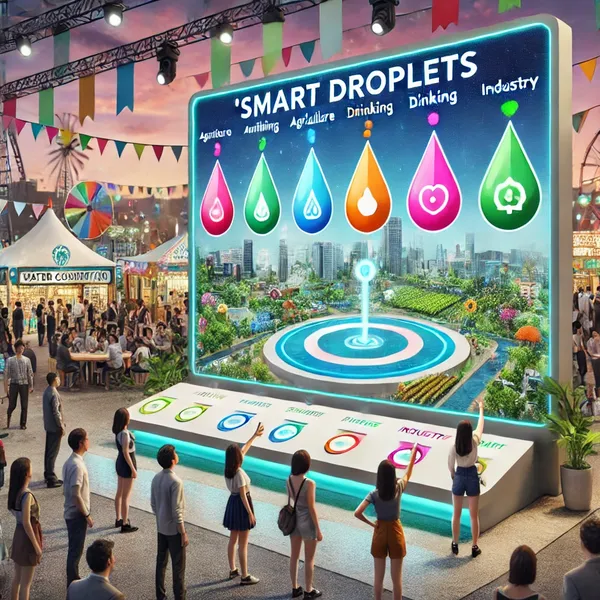
“Hydrocycle” is a thrilling race game where players control a small watercraft (like a boat or hydrocycle) navigating a river. The river is filled with obstacles such as rocks, debris, and plants that players must avoid. Along the way, they can collect resources like water droplets or energy points to boost their score. This game combines environmental messaging with an exciting and adventurous experience, appealing to a wide audience.
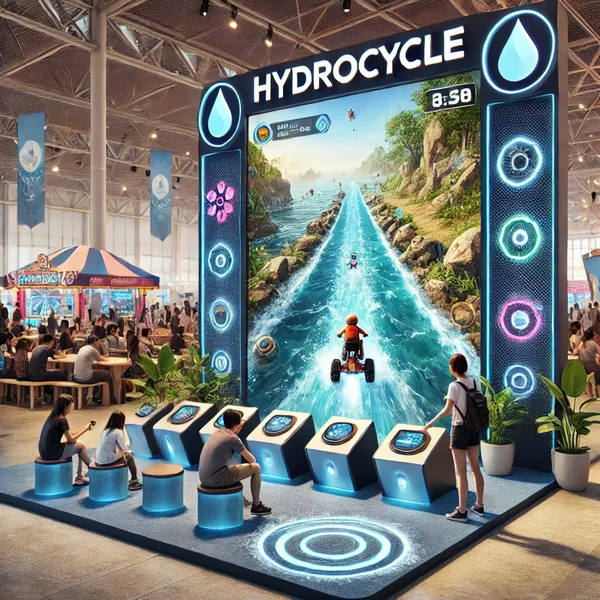
This format works best when your brand is already well-known, and you want to create excitement. If your product or service is unfamiliar, we don’t recommend starting with this type. Swedes often value fairness and transparency, so be sure your chance-based games feel lighthearted and fun—never gimmicky. Here’s how we’ve used it in the past:
a digital wheel designed with water-related themes, such as hydropower, clean rivers, and conservation. Players spin the wheel for prizes, with animations celebrating Swedish innovations.
A digital slot machine where icons like turbines, water droplets, and pipes align for a win. This playful game ties into Sweden’s focus on innovative water technologies.
Players drop tokens on a vertical board representing a water distribution system. Tokens navigate pegs to reach reservoirs labeled with different water uses, like agriculture or drinking water. you can see an example here:
Players prevent a simulated digital flood by clicking to build barriers, reinforcing the concept of flood management and Sweden’s expertise in climate adaptation.
Sweden’s water fairs attract a highly educated audience with a keen interest in sustainability and innovation. These gamified experiences align perfectly with Swedish values by combining entertainment with meaningful messages about water management. They provide a memorable and impactful way to engage visitors, educate them on pressing issues, and celebrate Sweden’s leadership in global water sustainability.
Exhibition games are more than just fun—they’re strategic tools to engage visitors, communicate your message, and differentiate your booth. In a culture that values subtlety and meaningful interaction, gamification offers a respectful and impactful way to connect.
We invite you to explore your options by filling out our Exhibition Game Design Form for Water Fairs. You’ll receive a free one-hour consultation and get to see some of our latest creations. Let’s design something unforgettable together.